Home>Furniture & Design>Interior Design Trends>What Is Polycarbonate Glass
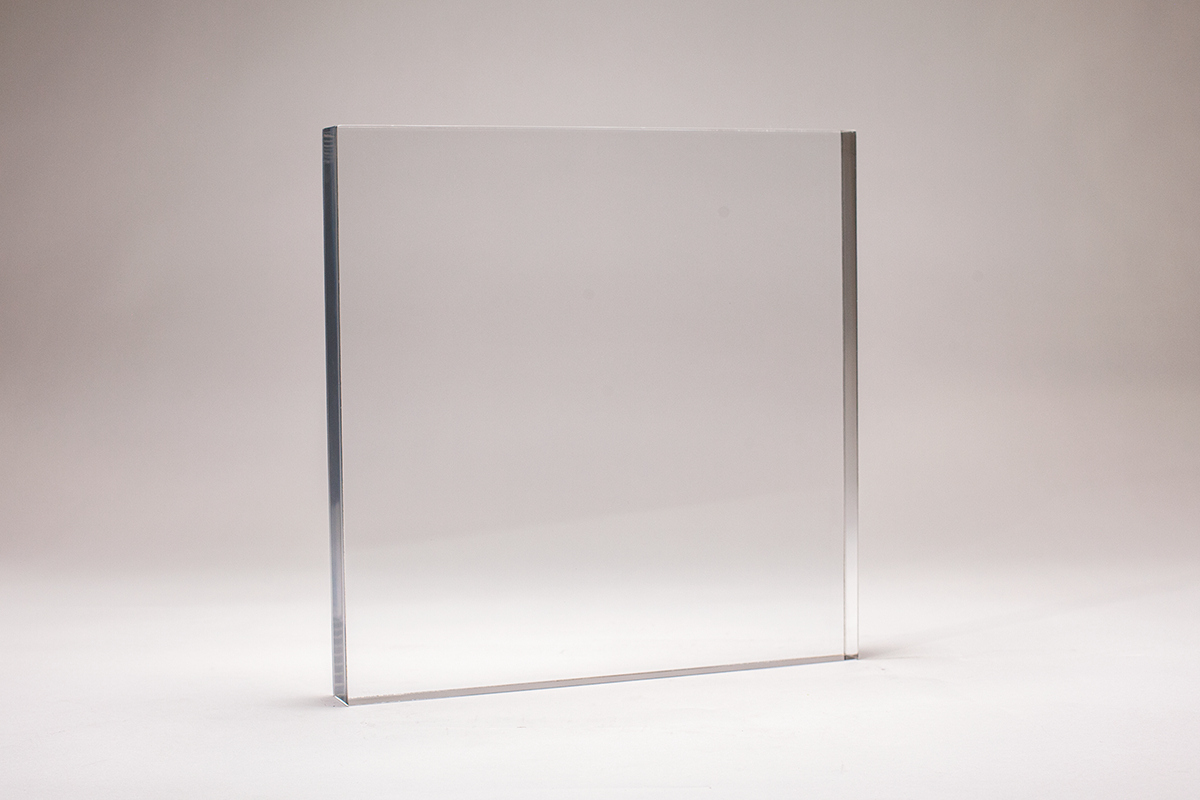

Interior Design Trends
What Is Polycarbonate Glass
Published: February 4, 2024
Discover the latest interior design trends with polycarbonate glass. Learn about its benefits and applications for modern spaces. Explore innovative design ideas today!
(Many of the links in this article redirect to a specific reviewed product. Your purchase of these products through affiliate links helps to generate commission for Storables.com, at no extra cost. Learn more)
Introduction
Polycarbonate glass, also known as polycarbonate sheet or PC sheet, is a versatile and durable material that has gained widespread popularity in various industries. This transparent thermoplastic is renowned for its exceptional strength, impact resistance, and optical clarity, making it a preferred choice for a wide range of applications. From construction and automotive to electronics and signage, polycarbonate glass has revolutionized the way we approach design and functionality.
With its remarkable properties and adaptability, polycarbonate glass has become a go-to material for architects, engineers, and designers seeking innovative solutions for their projects. Its ability to withstand extreme weather conditions, high impact, and UV radiation makes it an ideal candidate for outdoor applications, such as skylights, canopies, and protective barriers. Moreover, its lightweight nature and ease of fabrication have further cemented its status as a game-changer in the realm of modern materials.
As we delve deeper into the world of polycarbonate glass, we will explore its unique properties, diverse applications, as well as its advantages and disadvantages. By gaining a comprehensive understanding of this remarkable material, we can appreciate its significance in shaping contemporary design and construction practices. Let's embark on a journey to unravel the wonders of polycarbonate glass and discover the myriad ways it has transformed the way we envision and create the spaces around us.
Key Takeaways:
- Polycarbonate glass is a super-strong and clear material used in architecture, transportation, and safety gear. It can withstand impact, resist weather, and save energy, but needs careful handling to avoid scratches.
- While polycarbonate glass has many advantages, like being lightweight and flame-resistant, it can be vulnerable to scratches, chemicals, and temperature changes. Understanding its limitations is crucial for using it wisely.
Read more: How To Put A Polycarbonate Roof On A Pergola
Properties of Polycarbonate Glass
Polycarbonate glass is renowned for its exceptional properties, making it a highly sought-after material in various industries. Let's delve into the key characteristics that define this versatile thermoplastic:
1. Impact Resistance:
Polycarbonate glass stands out for its remarkable impact resistance, surpassing that of traditional glass. This property makes it an ideal choice for applications requiring a high level of durability and protection against potential damage. From safety glazing in public spaces to protective barriers in industrial settings, polycarbonate glass excels in withstanding impact without shattering.
2. Transparency and Optical Clarity:
Despite its robust nature, polycarbonate glass offers impressive optical clarity, allowing light to pass through with minimal distortion. This property makes it a popular choice for applications where transparency is essential, such as in architectural glazing, skylights, and display cases. The ability to maintain optical clarity over time further enhances its appeal in various design and construction projects.
3. Weather Resistance:
Polycarbonate glass exhibits excellent weather resistance, making it suitable for outdoor applications. It can withstand prolonged exposure to UV radiation without yellowing or losing its structural integrity. This property makes it an ideal material for outdoor signage, canopies, and skylights, where long-term performance in diverse weather conditions is crucial.
Read more: What Is A Glass Cutter
4. Lightweight Nature:
Compared to traditional glass, polycarbonate glass is significantly lighter, making it easier to handle and install. Its lightweight nature contributes to cost savings in transportation and installation, while also expanding its potential applications in areas where weight restrictions are a consideration.
5. Thermal Insulation:
Polycarbonate glass offers good thermal insulation properties, helping to regulate indoor temperatures and reduce energy consumption. This makes it a valuable choice for applications such as greenhouse glazing and architectural panels, where maintaining a comfortable indoor environment is essential.
6. Flame Retardancy:
Another notable property of polycarbonate glass is its inherent flame retardancy. It exhibits self-extinguishing properties, making it a preferred material for applications where fire safety is a priority, such as in electrical enclosures and transportation components.
7. Ease of Fabrication:
Polycarbonate glass can be easily fabricated, allowing for versatile design possibilities. It can be thermoformed, cut, and shaped to meet specific project requirements, enabling designers and architects to explore innovative and customized solutions.
In summary, the exceptional properties of polycarbonate glass, including its impact resistance, transparency, weather resistance, lightweight nature, thermal insulation, flame retardancy, and ease of fabrication, position it as a leading choice for a wide range of applications across diverse industries. Its unique combination of strength and versatility continues to inspire new possibilities in design and construction, shaping the way we interact with the built environment.
Read more: What Is A Glass Rose
Applications of Polycarbonate Glass
Polycarbonate glass, with its exceptional properties and versatility, finds extensive applications across various industries, revolutionizing the way we approach design and functionality. Let's explore the diverse applications where polycarbonate glass has made a significant impact:
1. Architectural Glazing:
Polycarbonate glass is widely used in architectural glazing applications, where its combination of transparency, impact resistance, and weather durability is highly valued. It is employed in skylights, canopies, and atriums, allowing natural light to illuminate interior spaces while providing protection against impact and harsh weather conditions.
2. Safety and Security Glazing:
In public spaces, transportation hubs, and high-security facilities, polycarbonate glass serves as a preferred material for safety and security glazing. Its exceptional impact resistance makes it suitable for applications such as bus shelters, security windows, and protective barriers, offering enhanced protection without compromising visibility.
3. Signage and Displays:
The optical clarity and weather resistance of polycarbonate glass make it an ideal choice for outdoor signage and displays. It is used in illuminated signs, informational displays, and advertising panels, where durability and visual appeal are essential. Its ability to maintain transparency and resist yellowing ensures long-lasting performance in outdoor environments.
Read more: What Is Water Glass
4. Greenhouse Glazing:
Polycarbonate glass is favored for greenhouse glazing due to its lightweight nature, thermal insulation properties, and resistance to UV radiation. It allows sunlight to penetrate while providing thermal regulation, creating an optimal environment for plant growth. Its impact resistance also protects against potential damage from external elements.
5. Transportation Components:
Within the transportation industry, polycarbonate glass is utilized in various components, including train windows, aircraft canopies, and automotive headlight covers. Its lightweight nature contributes to fuel efficiency, while its impact resistance and flame retardancy enhance safety and durability in demanding transportation environments.
6. Electronic Enclosures:
In electronics and telecommunications, polycarbonate glass is used for enclosures and protective covers due to its flame retardancy and impact resistance. It provides a reliable barrier against environmental factors and offers a level of safety in the event of electrical malfunctions or overheating.
7. Noise Barriers and Protective Shields:
Polycarbonate glass is employed in noise barriers along highways and industrial facilities, where its impact resistance and weather durability help mitigate sound transmission while withstanding environmental exposure. It is also utilized as protective shields in manufacturing settings to safeguard workers and equipment from potential hazards.
Read more: What Is A Glass Eye
8. Sporting Equipment and Safety Gear:
The impact resistance and lightweight nature of polycarbonate glass make it suitable for sporting equipment such as visors, protective eyewear, and helmet visors. Its ability to withstand high-impact forces while maintaining optical clarity contributes to enhanced safety in sports and recreational activities.
In summary, the diverse applications of polycarbonate glass across architecture, transportation, signage, agriculture, electronics, and safety equipment showcase its adaptability and reliability in meeting a wide range of design and functional requirements. Its unique combination of properties continues to inspire innovative solutions in various industries, shaping the way we approach construction, design, and safety standards.
Advantages of Polycarbonate Glass
Polycarbonate glass offers a myriad of advantages that have propelled its widespread adoption across diverse industries. Its unique properties contribute to its superiority over traditional glass and other materials, making it an indispensable choice for a wide range of applications.
-
Exceptional Impact Resistance: One of the most significant advantages of polycarbonate glass is its exceptional impact resistance. Unlike traditional glass, which is prone to shattering upon impact, polycarbonate glass can withstand high levels of force without breaking. This property makes it an ideal choice for applications requiring enhanced safety and durability, such as protective barriers, safety glazing, and sporting equipment.
-
Optical Clarity and Transparency: Despite its robust nature, polycarbonate glass maintains impressive optical clarity and transparency. This advantage allows for the passage of light without compromising visibility, making it suitable for architectural glazing, signage, and display applications. The ability to maintain optical clarity over time sets it apart as a reliable material for long-term use in various environments.
-
Weather Durability and UV Resistance: Polycarbonate glass exhibits exceptional weather durability and resistance to UV radiation. This advantage makes it well-suited for outdoor applications, where prolonged exposure to sunlight and harsh weather conditions is a concern. It does not yellow or degrade over time, ensuring that it retains its structural integrity and visual appeal in outdoor settings.
-
Lightweight Nature: Compared to traditional glass, polycarbonate glass is significantly lighter, offering the advantage of easier handling and installation. Its lightweight nature contributes to cost savings in transportation and installation, making it an attractive choice for projects where weight considerations are a factor.
-
Thermal Insulation Properties: Another notable advantage of polycarbonate glass is its thermal insulation properties. It helps regulate indoor temperatures, reducing energy consumption and creating a comfortable environment. This makes it an ideal material for applications such as greenhouse glazing and architectural panels, where maintaining optimal temperatures is essential.
-
Flame Retardancy: Polycarbonate glass exhibits inherent flame retardancy, providing a crucial advantage in applications where fire safety is a priority. Its self-extinguishing properties make it a preferred material for electrical enclosures, transportation components, and other settings where fire resistance is essential.
-
Ease of Fabrication and Customization: Polycarbonate glass can be easily fabricated, allowing for versatile design possibilities. It can be thermoformed, cut, and shaped to meet specific project requirements, enabling designers and architects to explore innovative and customized solutions.
In summary, the numerous advantages of polycarbonate glass, including its impact resistance, optical clarity, weather durability, lightweight nature, thermal insulation, flame retardancy, and ease of fabrication, position it as a leading choice for a wide range of applications across diverse industries. Its unique combination of strength and versatility continues to inspire new possibilities in design and construction, shaping the way we interact with the built environment.
Disadvantages of Polycarbonate Glass
While polycarbonate glass offers a multitude of advantages, it is important to consider its limitations and potential drawbacks in certain applications. Understanding the disadvantages of polycarbonate glass is essential for making informed decisions regarding its use in various projects.
-
Scratch Susceptibility: One of the primary disadvantages of polycarbonate glass is its susceptibility to scratches. Despite its exceptional impact resistance, the surface of polycarbonate glass can be prone to scratching, which may affect its visual clarity and overall aesthetics over time. This drawback necessitates careful handling and maintenance to preserve its appearance in applications where visual appeal is crucial.
-
Vulnerability to Chemicals: Polycarbonate glass may exhibit vulnerability to certain chemicals, which can lead to degradation or discoloration. In environments where exposure to harsh chemicals is a concern, such as industrial settings or chemical processing facilities, the susceptibility of polycarbonate glass to chemical damage should be taken into account when selecting materials for specific applications.
-
Low Abrasion Resistance: In applications where the material is subject to abrasive forces or frequent contact, such as in high-traffic areas or manufacturing environments, the low abrasion resistance of polycarbonate glass can be a notable disadvantage. Continuous friction or contact with abrasive materials may lead to visible wear and reduced longevity of the material.
-
Temperature Limitations: While polycarbonate glass offers thermal insulation properties, it has temperature limitations that should be considered in certain applications. At high temperatures, polycarbonate glass may exhibit deformation or dimensional changes, impacting its structural integrity. Similarly, prolonged exposure to extreme cold temperatures can affect its performance, making it less suitable for applications requiring consistent performance in extreme thermal conditions.
-
Cost Considerations: In comparison to traditional glass, polycarbonate glass may have a higher initial cost, which can be a disadvantage in budget-constrained projects. While the long-term benefits of its durability and impact resistance may justify the initial investment, the upfront cost of polycarbonate glass should be weighed against project budgets and cost-effectiveness.
-
Static Electricity Buildup: Polycarbonate glass has the potential to accumulate static electricity, particularly in dry or low-humidity environments. This can attract dust and particulate matter, requiring regular cleaning to maintain its visual clarity and cleanliness, especially in applications where static electricity buildup can be a concern.
Understanding the disadvantages of polycarbonate glass allows for a comprehensive evaluation of its suitability for specific applications. While its exceptional properties make it a preferred material in many scenarios, careful consideration of its limitations is essential for making informed decisions and ensuring optimal performance in diverse environments.
Conclusion
In conclusion, polycarbonate glass stands as a remarkable testament to the advancements in material science and engineering, offering a compelling array of properties and applications that have reshaped the landscape of modern design and construction. Its exceptional impact resistance, optical clarity, weather durability, and versatility have positioned it as a go-to material for architects, engineers, and designers seeking innovative solutions for a wide range of projects.
The unique combination of strength and transparency has propelled polycarbonate glass into diverse applications, from architectural glazing and safety barriers to signage, transportation components, and agricultural structures. Its ability to withstand impact, resist weather degradation, and provide thermal insulation has redefined the possibilities in creating spaces that are both functional and visually engaging.
While the advantages of polycarbonate glass are evident in its widespread adoption, it is important to acknowledge its limitations, including susceptibility to scratches, vulnerability to certain chemicals, and temperature considerations. Understanding these drawbacks allows for informed decision-making when selecting materials for specific applications, ensuring that the inherent benefits of polycarbonate glass are maximized while mitigating potential challenges.
As we look to the future, the continued innovation and refinement of polycarbonate glass are poised to further expand its reach and influence across industries. With ongoing advancements in manufacturing techniques and the development of enhanced formulations, polycarbonate glass is set to continue driving progress in sustainable architecture, transportation safety, and functional design solutions.
In essence, the journey through the world of polycarbonate glass reveals a material that has transcended conventional limitations, offering a compelling blend of strength, transparency, and adaptability. Its impact on the built environment and various industries underscores its significance as a transformative force, inspiring new possibilities and setting a high standard for performance and reliability in the materials landscape. As we embrace the era of innovation and sustainability, polycarbonate glass stands as a shining example of ingenuity and resilience, shaping the way we envision and create the spaces that define our modern world.
Frequently Asked Questions about What Is Polycarbonate Glass
Was this page helpful?
At Storables.com, we guarantee accurate and reliable information. Our content, validated by Expert Board Contributors, is crafted following stringent Editorial Policies. We're committed to providing you with well-researched, expert-backed insights for all your informational needs.


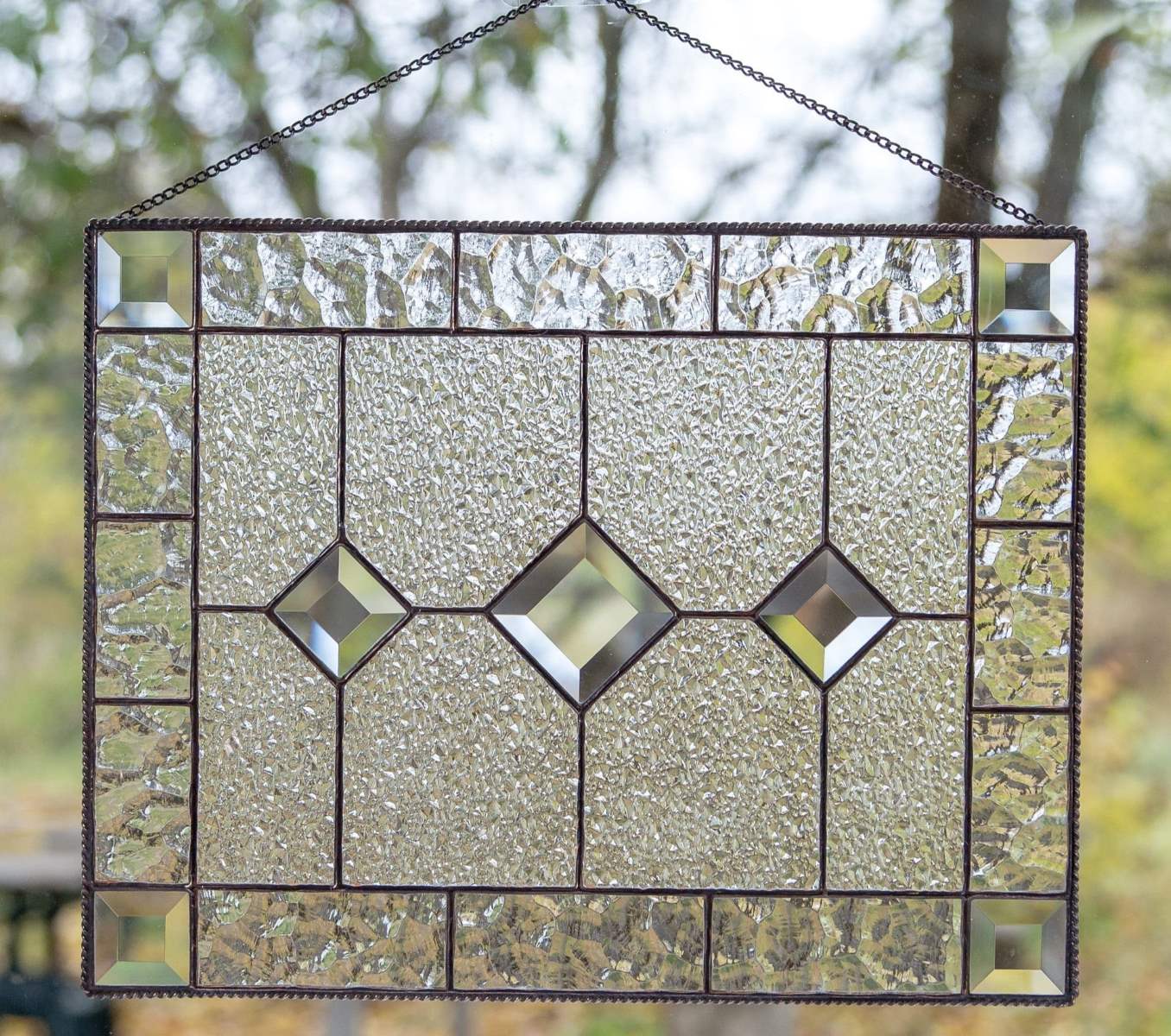
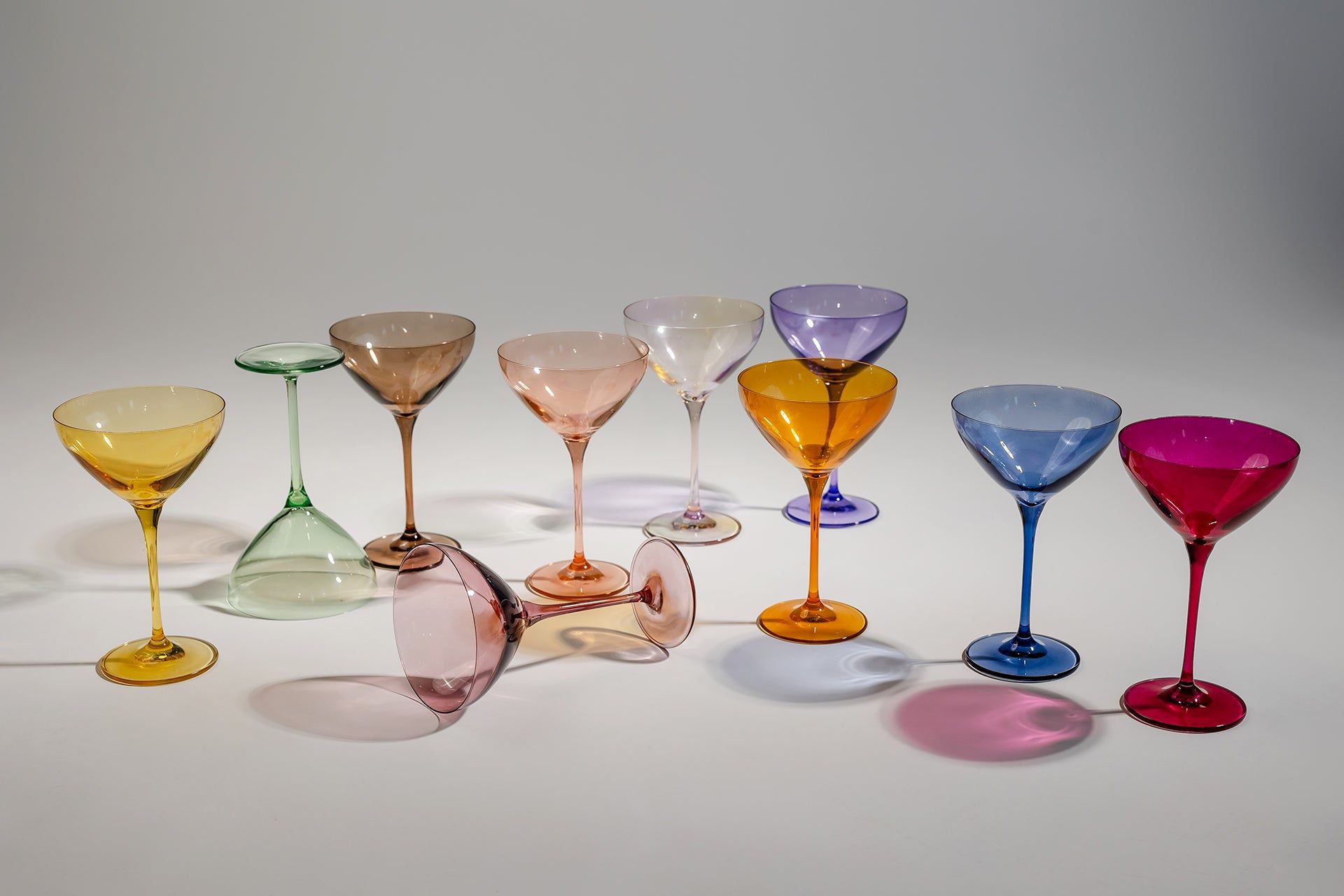
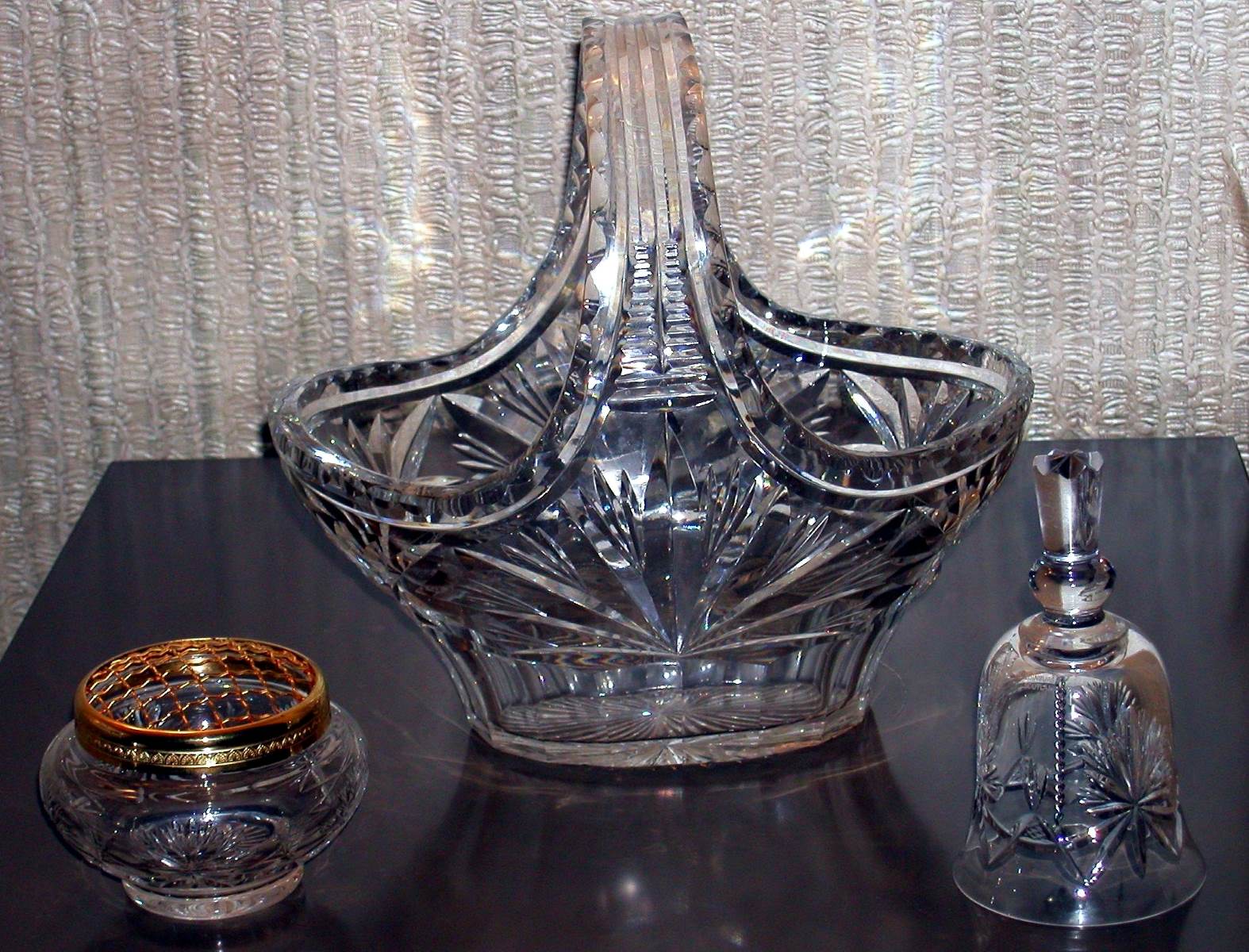
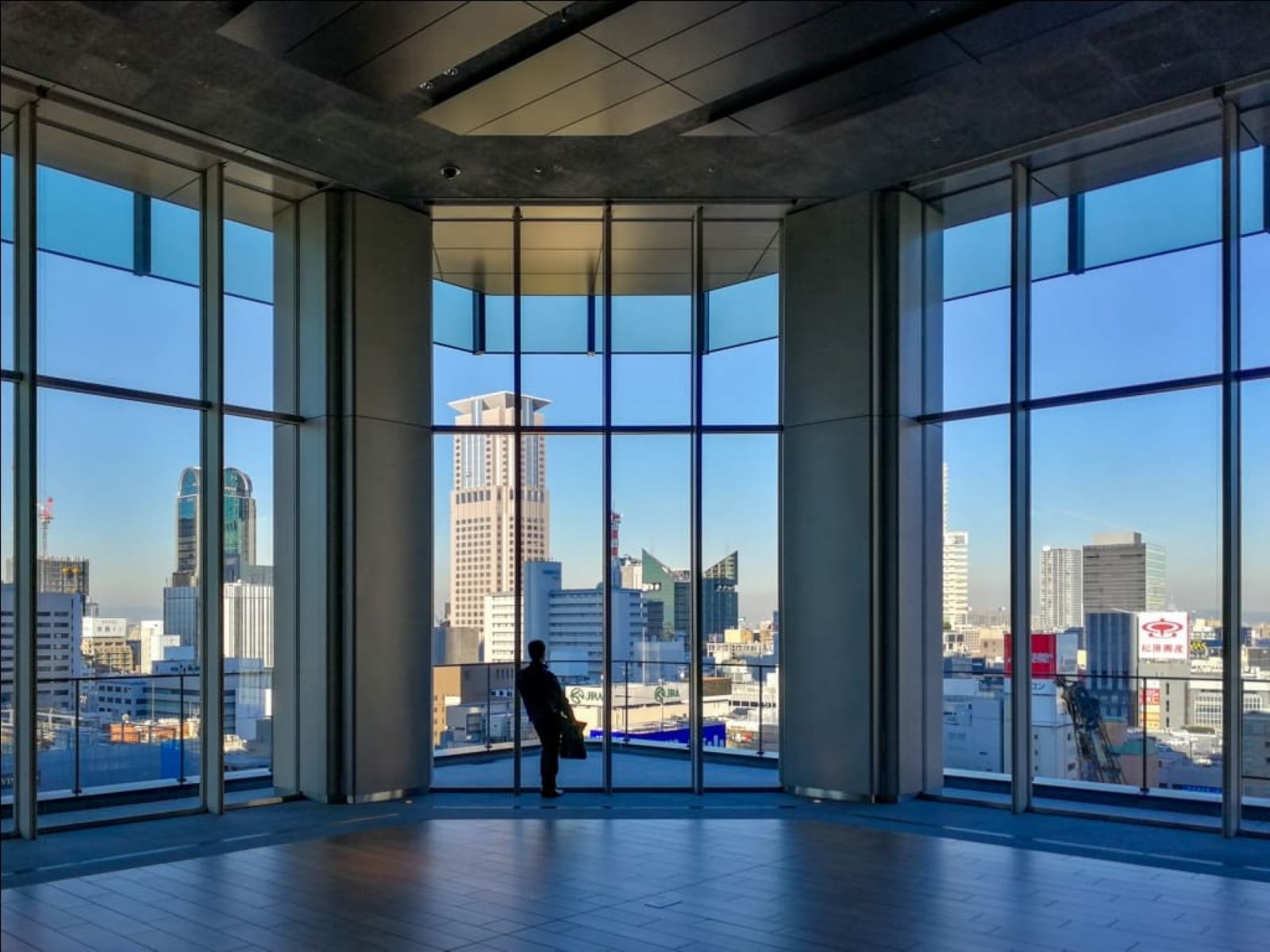
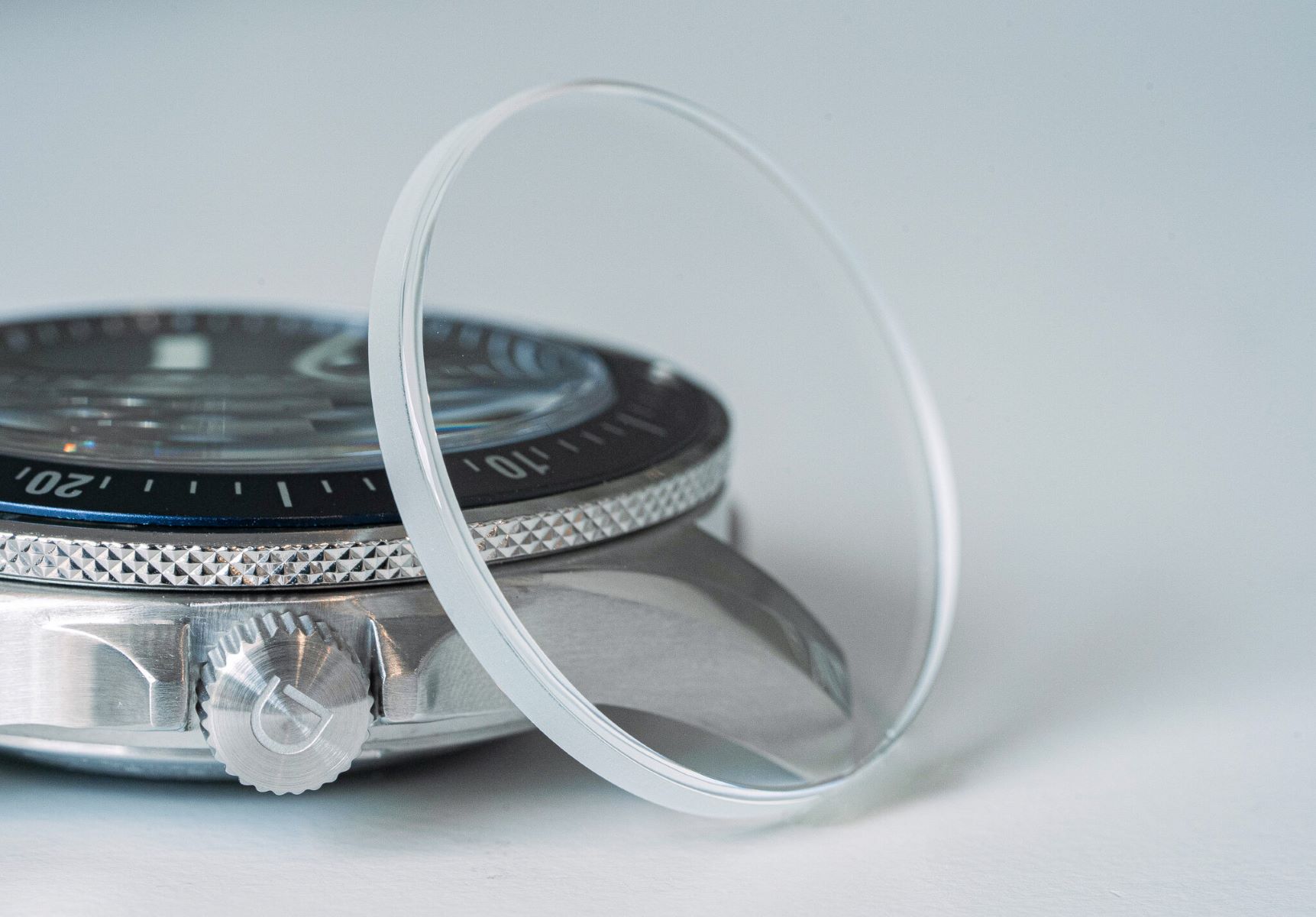
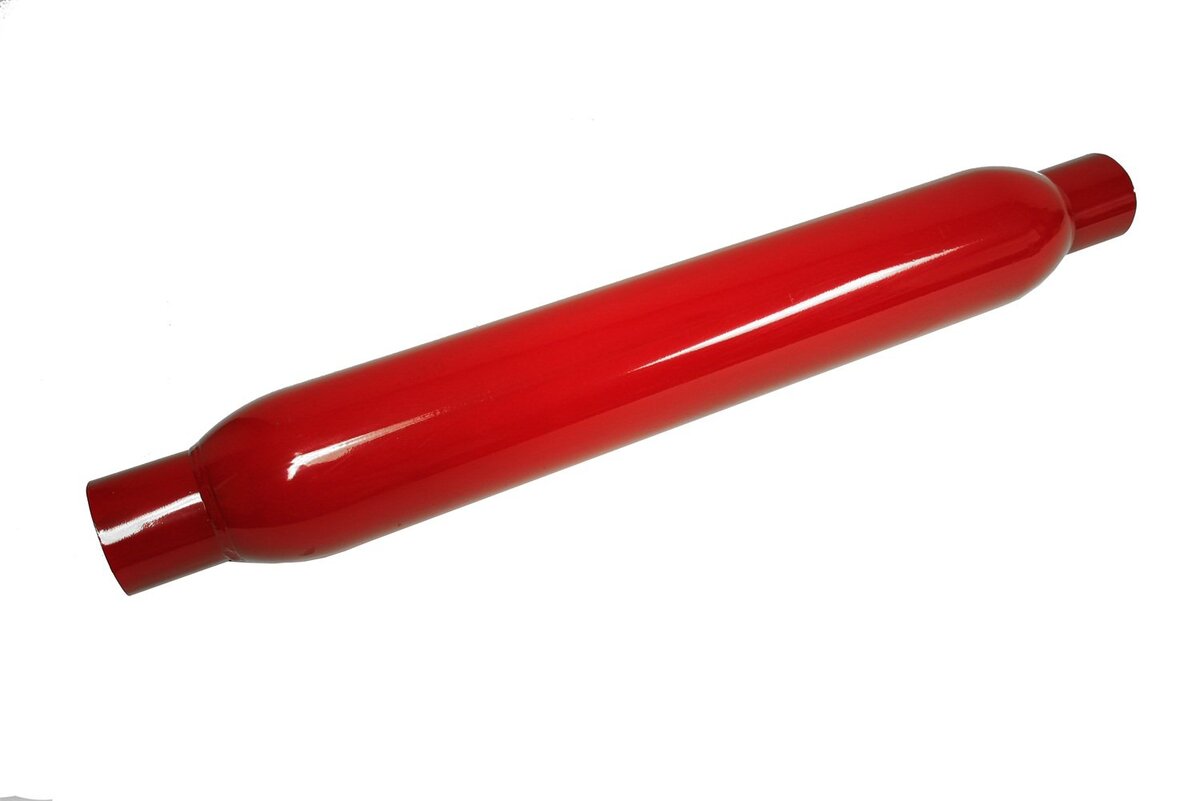

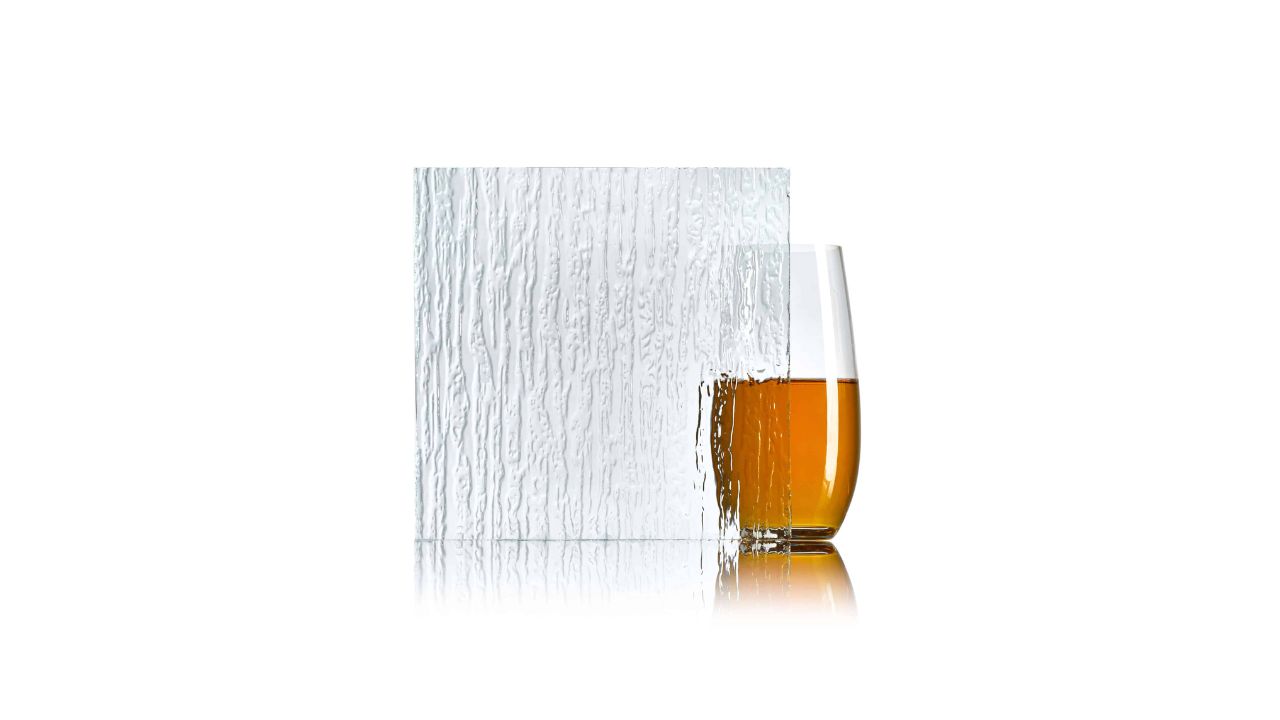
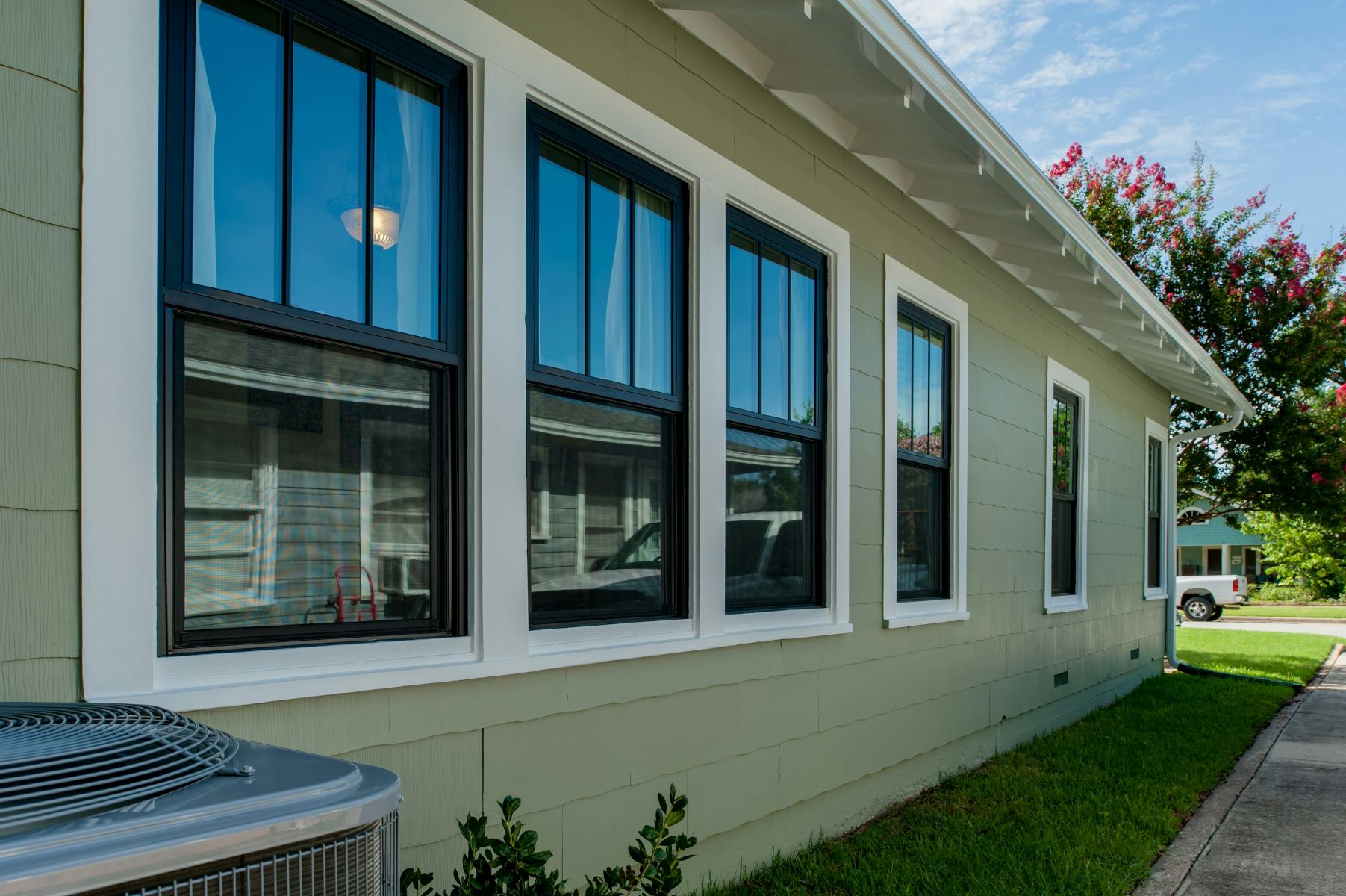

0 thoughts on “What Is Polycarbonate Glass”